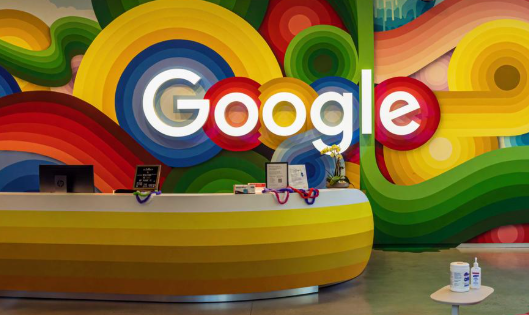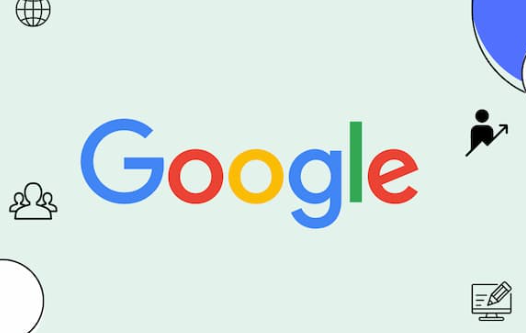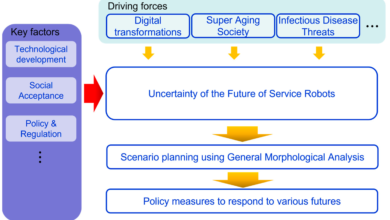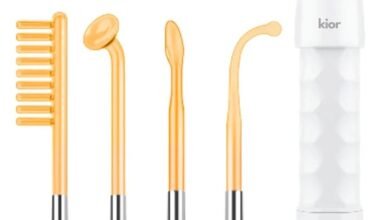What are the Alternatives to Google on Huawei Devices?

Huawei devices released after mid‑2019 no longer come with Google Mobile Services (GMS), which includes Google Play Store, Gmail, Google Maps, and YouTube. Users must rely on alternatives for essential services. Fortunately, several robust options exist—from Huawei’s own ecosystem to browser access and third‑party apps. This guide outlines the top alternatives that how to use huawei without google.
Best Alternatives That Replace the Google Ecosystem
Huawei’s Ecosystem: HMS, AppGallery, and Petal Apps
Huawei Mobile Services (HMS) provides a growing alternative to Google’s ecosystem. AppGallery now hosts major apps like TikTok, Telegram, Snapchat, and Microsoft Office. Petal Maps offers turn‑by‑turn navigation with live traffic and offline support. Petal Mail supports Gmail-like email functionality with push notifications. Petal Search helps locate safe APKs and apps missing from AppGallery. Huawei Cloud handles sync and storage features similar to Google Drive. HMS integrates deeply with HarmonyOS and EMUI. It provides native support, regular updates, and secure installation. For users open to migrating from Google, HMS and its suite serve as a comprehensive, polished alternative that works smoothly without hacks or rooting.
Browser and Web-Based Access to Google Services
You can still access many Google services using a web browser. Open Huawei Browser, Firefox, or Opera and navigate to sites like gmail.com, drive.google.com, youtube.com, or maps.google.com. Most tools work well as web apps and support core features such as email, editing documents, viewing maps, or streaming videos. Some services support Progressive Web Apps (PWAs), which you can add to your home screen for quick access. Browser access avoids compatibility issues and keeps your device secure. It requires very little storage and no special permissions, making it practical for Huawei users who want lightweight and reliable alternatives.
Virtual Environments Like GSpace or Dual Space
Another effective way to regain access to native Google apps is by using virtualization tools like GSpace or Dual Space. These apps simulate a GMS-supported environment within your Huawei phone, allowing you to install and run Google apps without modifying the system. After downloading GSpace from AppGallery, users can log in to their Google account within the virtual space. From there, they can install Gmail, Google Maps, Google Drive, YouTube, and even the Play Store. These apps operate within a sandboxed layer and behave much like they would on a certified Android phone. Virtual environments do have drawbacks. They consume more battery, app launch times may be slightly longer, and notifications might be delayed. However, for those who prefer using actual apps over web versions, this solution provides a near-native experience—without rooting the device or exposing it to unstable sideloading methods.
See also: How does acoustic leak detection technology make non-invasive leak tracing possible?
Third-Party App Stores: APKPure, Aptoide, Amazon Store
When an app isn’t available in AppGallery or GSpace, third-party app stores provide additional options. APKPure, Aptoide, and Amazon Appstore offer thousands of Android apps, many of which run without needing Google services. These platforms let users download social media apps, messaging tools like WhatsApp, and even regional banking or productivity apps. Some apps may still rely on GMS and fail to function properly, but many popular titles are fully usable. To stay safe, only download from reputable sources and use built-in virus scanners or third-party mobile security apps. While this method opens access to a broader app library, it requires users to exercise caution and avoid unknown or modified APKs that could contain malware or compromise personal data.

Conclusion
Huawei devices can function well without Google services. Huawei’s HMS ecosystem, including AppGallery, Petal Maps, Petal Mail, and Petal Search, delivers a secure and native experience. Browser access allows full use of Gmail, YouTube, Drive, Maps, and Docs. Virtual environments like GSpace offer near‑native app experiences. Third‑party app stores fill in where AppGallery lacks coverage. Each method has strengths—HMS offers integration, browsers offer safety, GSpace provides app-like access, and APK stores expand your app library. Choose based on your needs: system integration, offline use, app interface, or app availability. Avoid unverified sideloading to maintain security. With these alternatives, Huawei users can replicate nearly all Google functionality—even without official support.





